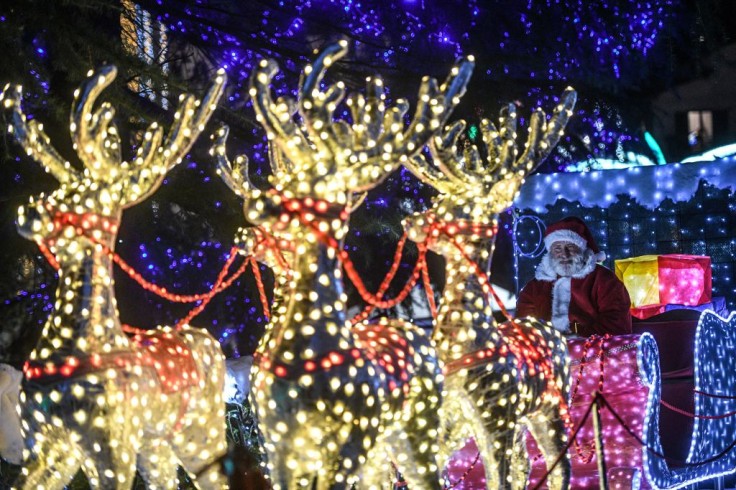It's Christmas season once again and we like to decorate our house with beautiful decor. A huge Christmas tree full of twinkling lights would definitely look good. Christmas lights can make the season merry and bright.
However, these beautiful decorations come with risks such as falls, electrocution, and even fires. According to the National Fire Protection Association, every year, there's an average of 770 fires caused by Christmas lights.
But don't worry, with proper preparation and safety practices, you should be able to avoid such dangerous situations with your Christmas decorations. A few precautions are just necessary inside and outside your home.
Here are some of the potential Christmas lights hazard and safety tips you needed before you set up your holiday decors.

1. Pick the Right Kind of Light
Indoor and outdoor lights may have similar appearances and functions, but it doesn't mean you can use them interchangeably, according to CNET. As the name suggests, indoor lights should only be used indoors and outdoor lights are for the outside.
For once, indoor lights have undergone tests to make sure they aren't a fire hazard for tree decorating. On the other hand, outdoor lights are tested to make sure they can withstand cold and rainy weather.
It would be a fire hazard if you string outdoor lights on the Christmas tree because they're often hotter. Meanwhile, the indoor lights probably wouldn't survive the snowstorm and rainy weather. In order to be safe, use lights that are certified for indoor and outdoor usage.
2. Choose the Right Cord
Just like the Christmas lights, there are extension cords made for indoor and outdoor use, and you should also not use them interchangeably. An indoor extension cord is already tested for use inside the house. Likewise, an outdoor cord is tested to withstand cold or wet environments.
When putting Christmas lights on the porch or outside, always only use an extension cord that is rated for outdoor use. This is because indoor-use extension cords are not made for wet environments and may be a cause of accidents.
Read Also: Electric Bus Plays Christmas Music
3. Keep the Cord Dry
Do not let your extension cords sit on the ground. You have to make sure that the junction where your extension cord and your light cord meet stays out of puddles, damp soil, or snow. This is because a damaged extension cable could cause injury or death from electrocution, or might cause a fire accident.
Use a cord protector to keep your cords dry and safe. Planning your light display carefully would ensure that instead of sitting on the ground, the connections are suspended off it.
4. Plug Your Lights into a GFCI Outlet
Having too many plugs in one outlet is simply wrong. CNET recommends plugging your lights into a ground fault circuit interrupter (GFCI) outlet. These outlets can prevent fire because if there is too much current flowing through, it will shut the circuit down.
You should be able to find a reset and test button in the center of your GFCI outlet. If you don't have one, get a portable GFCI outlet from the nearest store. There is also a waterproof in-line GFCI.
5. Don't Use Electric Lights on a Metal Tree
A tree decorated with hundreds of twinkling Christmas lights looks great. But before you put electric lights on your tree, check its material first. If it is a metal tree, scrap your idea of putting Christmas lights on it. Metal is a conductor of electricity and it's definitely not a good idea to combine it with electric lights, according to Family Handyman.
It could potentially cause electrocution or fire accidents. You could still decorate your metal tree, but you have to settle with ornaments, garlands, or tinsel. Just don't use anything that needs to be plugged in.
Related Article: 7 Websites To Shop Christmas Decors From









